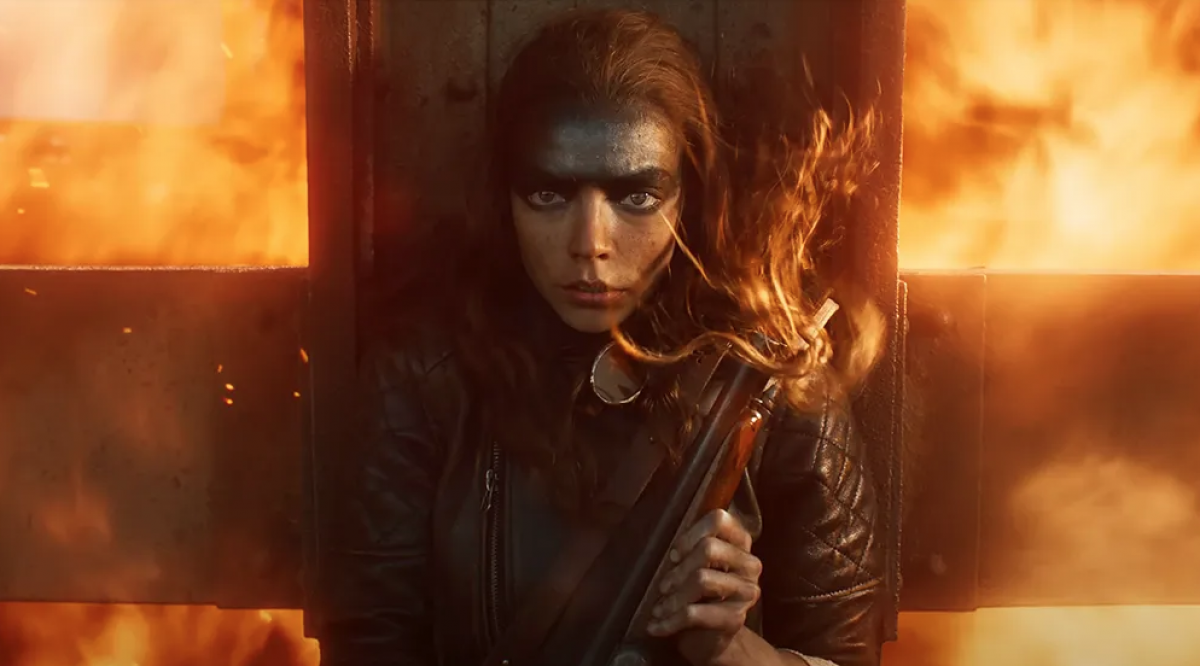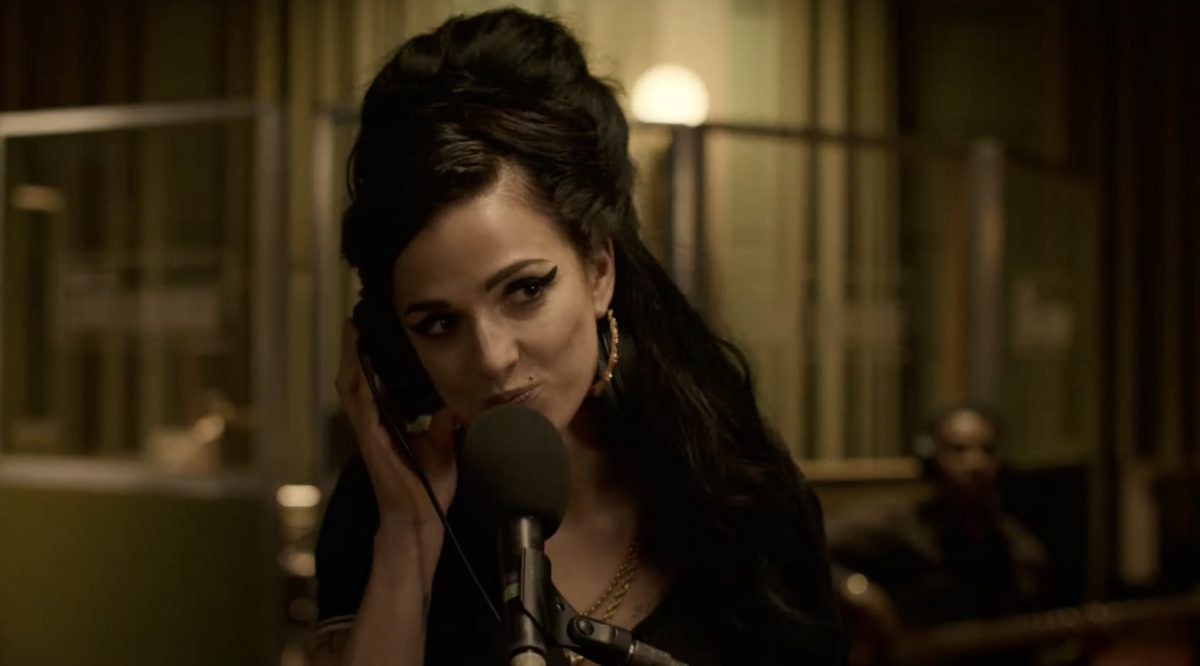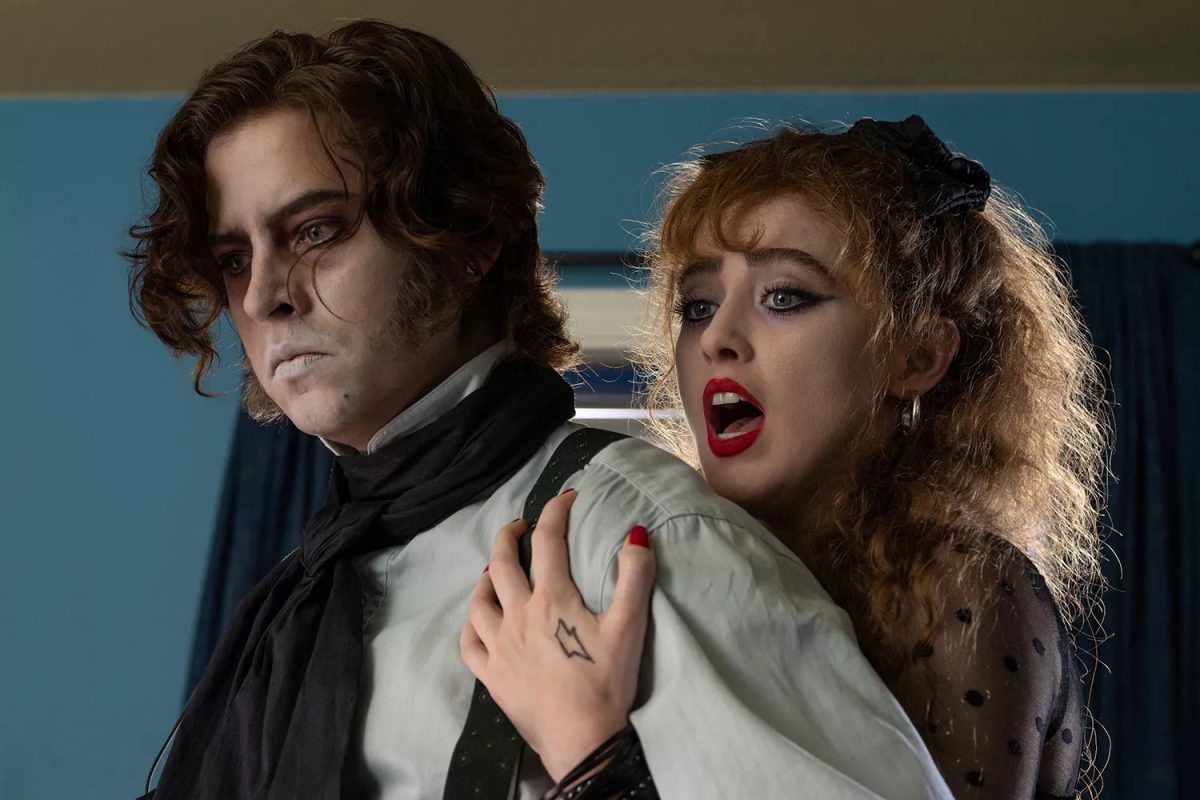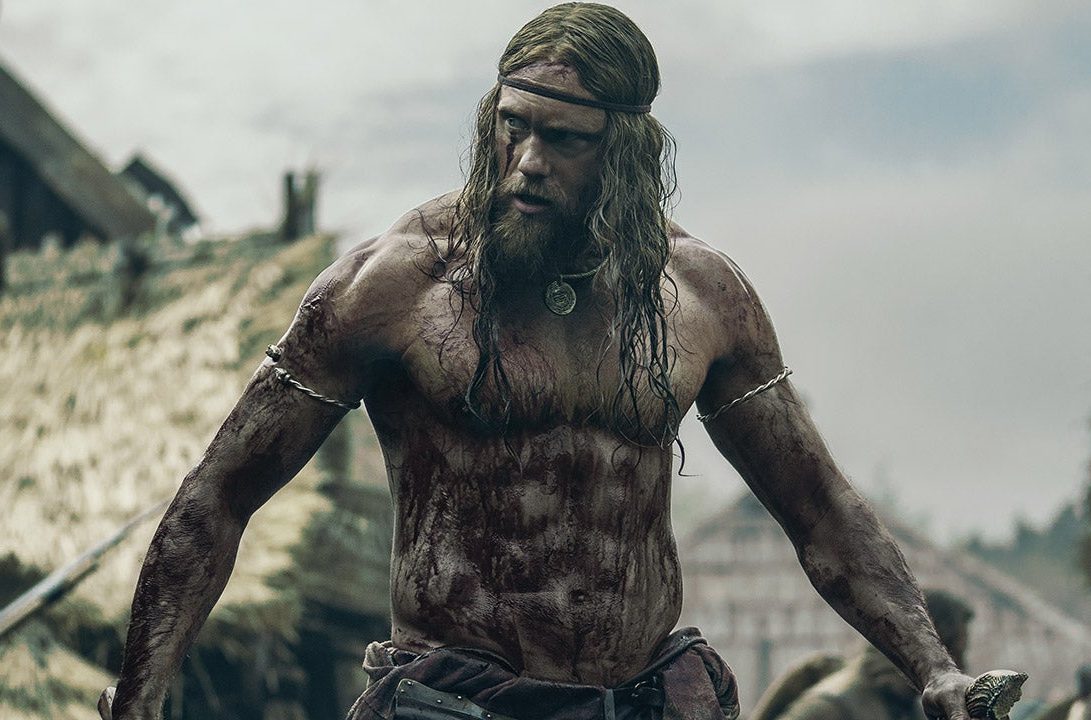When we asked our Screens columnist, Justin Humphreys to do a round-up of the year’s movies, he made his feelings clear: “I’m going to have to be very honest and say how precious few good movies there were this year.” His top five losers are below.
Joker Folie a Deux
Nicknamed Joker Filet-o-Fish online, few movies of 2024 deserve being mocked more than Joker Folie a Deux or have so richly earned their immense commercial failure. The first Joker was a lame facsimile of Taxi Driver and The King of Comedy, minus the genius of those films. In this sequel that nobody wanted, even the creepy incels who flock to dreary, adolescent comic book fare like this stayed away in droves. With this sequel, and last year’s Napoleon, star Joaquin Phoenix gives every indication of having forgotten how to act.
Madame Web
A spinoff of the hit Spider-Man movies, Madame Web follows superheroine Madame Web, alias Cassandra Webb (Dakota Johnson), who desperately uses her precognitive powers to save three women. That this clairvoyant is named Cassandra Webb gives you an idea of the level of wit at work here. (To her eternal credit, Johnson was openly dismissive of the film.) This is another silly superhero battle royale with slick, overdone fights and wisecracks. If you want to see an outstanding movie about someone glimpsing future events, watch David Cronenberg’s The Dead Zone instead. Aside from being among the finest Stephen King book adaptations, it also cost a tiny fraction of what was squandered on Madame Web.
Borderlands
Director Eli Roth has shifted here from his usual ’80s throwback torture porn to torturing audiences instead. Over $100 million was spent on adapting the popular video game Borderlands, including casting Jamie Lee Curtis, Kevin Hart, Cate Blanchett, and Ariana Greenblatt, and reportedly set to lose over $80 million. This dumb, loud, unfunny science fiction mess makes you wonder why Roth didn’t adapt a more intellectually stimulating video game like, say, Ms. Pac-Man or Frogger instead. Borderlands is the kind of lowbrow movie that gives enjoyably lowbrow movies a bad name.
Red One
Watching Red One lurch toward its theatrical release this holiday season was like witnessing the Titanic sail toward its fatal iceberg: This movie had disaster written all over it from the start with widely reported budget overruns and other excesses. Red One’s concept of Santa Claus (J. K. Simmons) comically being linked to various secret organizations could have made for an enjoyable, innocuous 10- or 15-minute animated short, but filming it in live-action and stretching it to feature length was a dire error. For what this atrocity cost, a talented director like Kathryn Bigelow could have made six really good, intelligent films.
Ghostbusters: Frozen Empire
Ghostbusters: Frozen Empire represents the movie industry’s nearly complete lack of imagination at work. Cashing in on an established IP like Ghostbusters is standard practice now, but if creative folk were to pitch an idea today as fresh as the original Ghostbusters was in 1984, they’d likely be turned down immediately. Studios are terrified of risks, and it shows in the flatness and predictability of their products, as evidenced by retreads like Ghostbusters: Frozen Empire. Reusing the original film’s stars and many of its other key elements compounds the sense that it’s all just a cash-grab. It lacks the humor, imagination, and unpredictability of the original film, and aside from this essential staleness, Ghostbusters: Frozen Empire adds insult to injury by wasting the wonderful Annie Potts.










